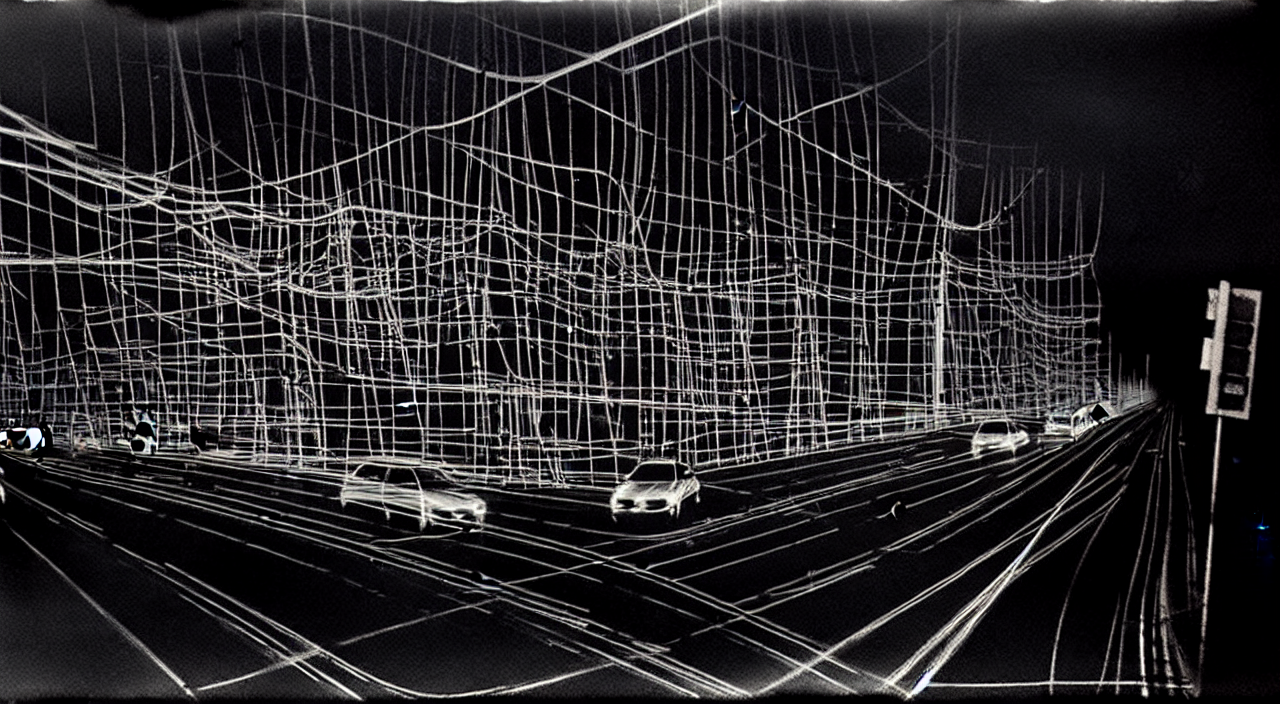For instructions on installing the Hoverlay AR app and experiencing this artwork, please scroll down to the bottom of the page.
“A Lullaby for the City” is an augmented reality public artwork by Sahar Sajadieh and Manaswi Mishra. It presents the interspecies soundscape of Vancouver over a 24-hour period, through a 24-minute spatial audio work that begins at midnight. It captures the sounds of the city at night, featuring the occasional sounds of cars and garbage trucks passing by, as well as the nocturnal songs of birds such as the Great Horned Owl, Barred Owl, and Western Screech-Owl. About an hour or two before sunrise, Vancouver awakens to the dawn chorus of birds, weaving the first threads of the day’s soundscape.

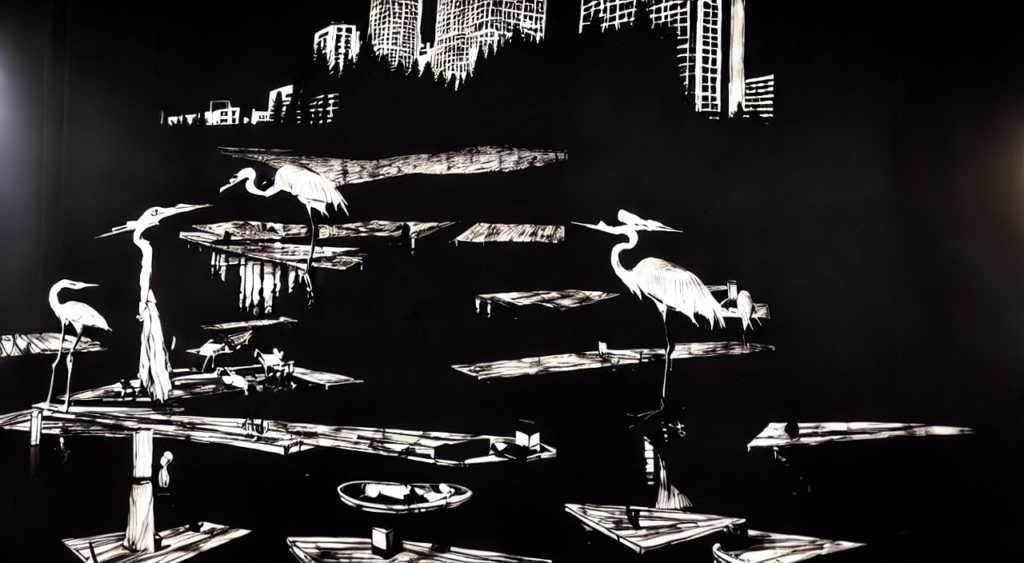
As the light comes out, the sound of cars gradually joins the birds’ chorus, which is slowly fading away, followed by the sounds of traffic hum, SkyTrain whooshes, construction noise, cyclists zipping, and a multilingual ambient chatter. The city’s soundscape changes throughout the day, with various natural and urban sounds chiming in until sunset, when the evening chorus comes to life, joining the sound of the city’s exhausted chaos. After a few hours, as the city begins to quiet down, its sounds gradually subside, with occasional sirens, night buses, slow chatter, music from bars, passersby’s footsteps, wind, and crickets composing the epilogue of the drowsy city’s soundscape, marking the ending of the 24-hour sound journey of Vancouver.
This AR spatial audio artwork—activated via the Hoverlay app for visitors (within 50 ft of the murals)—augments Priscilla Yu’s “Heron’s Dreamscape” by incorporating the cross-species 24-hour soundscape of the city into a 24-minute lullaby for the city.
__________________________________
The AR spatial soundscape was created with two types of data sources, both specific to the exhibition site of Vancouver: (a) sound sources and (b) traffic movement data from the city. Sound sources were aggregated from Creative Commons licensed crowd-sourced datasets obtained on
-
Traffic, Ambient, Environmental sounds – https://freesound.org/
-
Bird sounds from Vancouver – https://xeno-canto.org/
Traffic movement data was obtained from the city’s official open data catalogue
The 24-minute composition reflects Vancouver’s soundscape for 24 hours, mapping a minute to every hour from one midnight in August in Vancouver to the midnight of the next day. While the composition was carefully constructed from the sound sources mapped to their respective times of occurrence, moments of dense sounds were created using the traffic intersection data for the specific location of the mural site of exhibition. The volume of traffic (vehicles, pedestrians, and bicycles) moving in the four directions at the crossing was used to procedurally layer sounds from the pool of sound sources to create the composition.
The intersection data of the mural location was put together into a database that was then used for procedurally generating parts of the composition, like the dawn chorus, the dusk bird cacophony, traffic ambience, and the chatter of human voices. The sunrise and sunset in Vancouver during the exhibition were specifically marked in the composition to correspond to the city’s sunrise and sunset timings. The time of the clock and the color of the screen correspond to the time of day of the soundscape of the city.
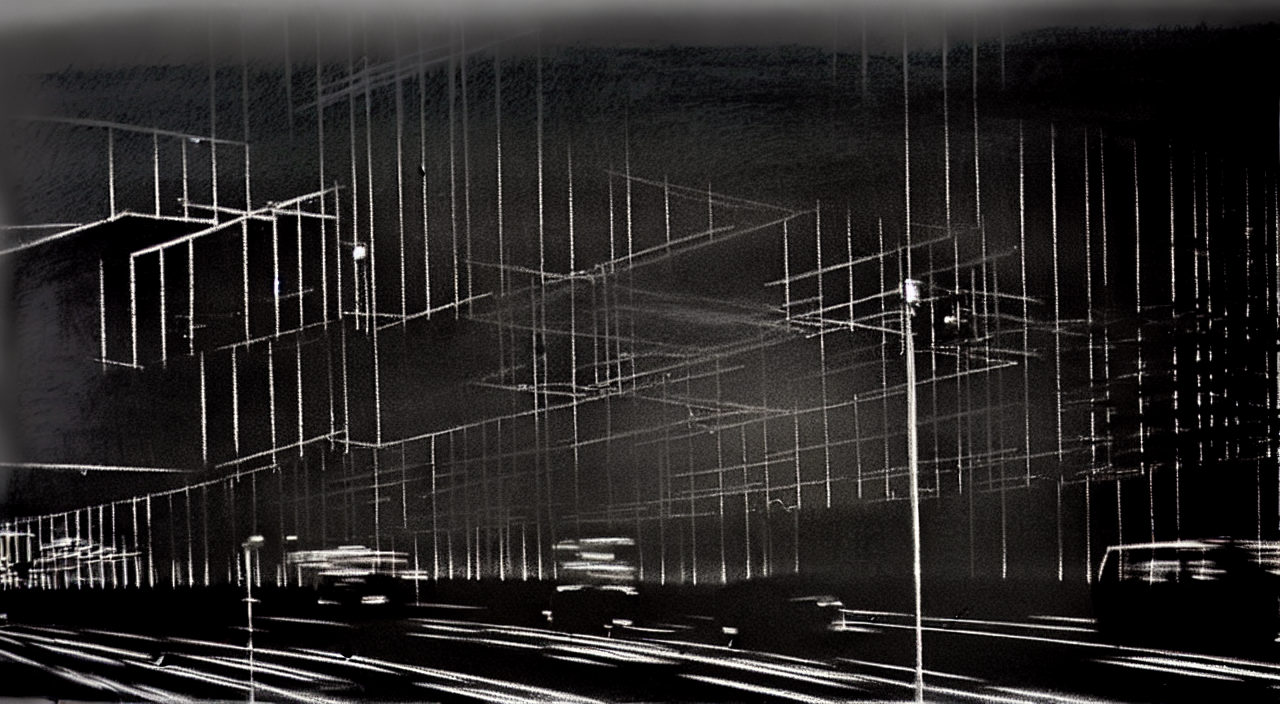
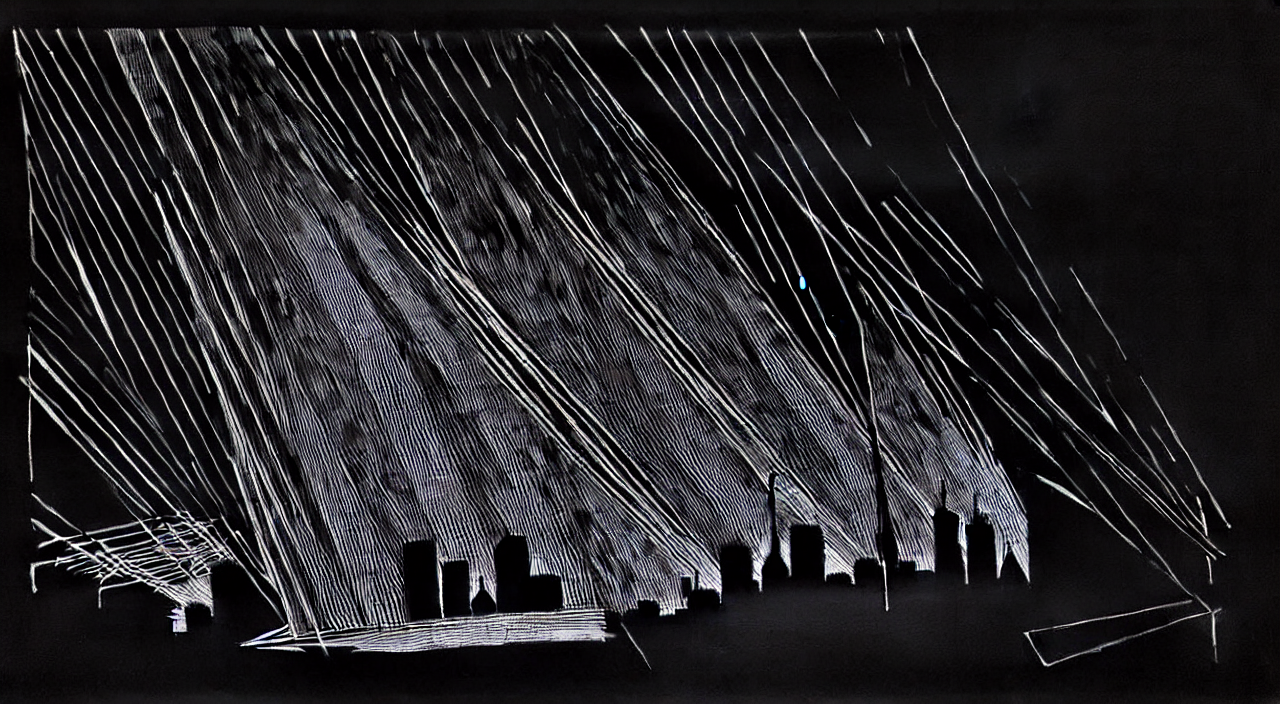
This work will be exhibited as part of ACM Siggraph 2025 Digital Arts Community (DAC) public art exhibition, “New Media Architectures,” in Vancouver, BC:
__________________________________
Instructions for experiencing “A Lullaby for the City”:
1. Wear Earbuds or Headphones
For the best spatial audio experience, please wear earbuds or headphones.
2. Turn Off Blue Light Filters (If Applicable)
If it’s after sunset and your phone’s “Blue Light Filter” or “Eye Comfort Shield” is on, please turn it off before starting. These features can tint your screen and affect the visual experience.
3. Install the Hoverlay AR App
-
On Android: Go to the Google Play Store and install the Hoverlay app.
-
On iPhone: Go to the Apple App Store and install the Hoverlay app.
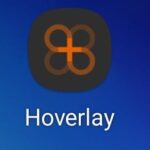
4. Open the Hoverlay App
-
Launch the Hoverlay app. You will see this screen:
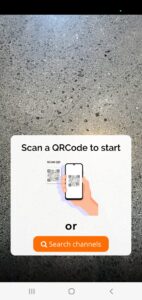
5. Search for the Artwork
-
Select Search Channels. You will see this page:
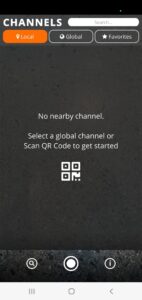
- Tap Local. You will see this screen:
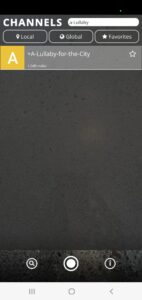
-
Select a-Lullaby-for-the-City. The map of the area will appear, showing four circles—each representing the soundscape of a different time of day in Vancouver, in chronological order:
-
“Midnight Whisper”
-
“Dawn Chorus”
-
“Midday Murmur”
-
“Dusk Orchestra”
-
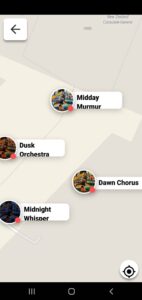
6. Navigating the Map
-
Your location will be shown as a circle labeled You Are Here.
-
Circles with a red dot are out of range and cannot be activated. Walk closer to the circle until the dot turns green, then tap it to experience that part of the piece.
- This work is a lullaby composed in 4 acts. For the best experience, we recommend starting with Midnight Whisper (Act 1), then continuing to Dawn Chorus (Act 2), Midday Murmur (Act 3), and finally Dusk Orchestra (Act 4).
7. Switching Between Experiences
-
Tap the ← icon at any time to return to the map and choose another circle to explore a different soundscape of the city at another time of day.
-
Tap the refresh icon to restart the current experience from the beginning.
- The buttons at the bottom of the page are not active or needed in this work.
